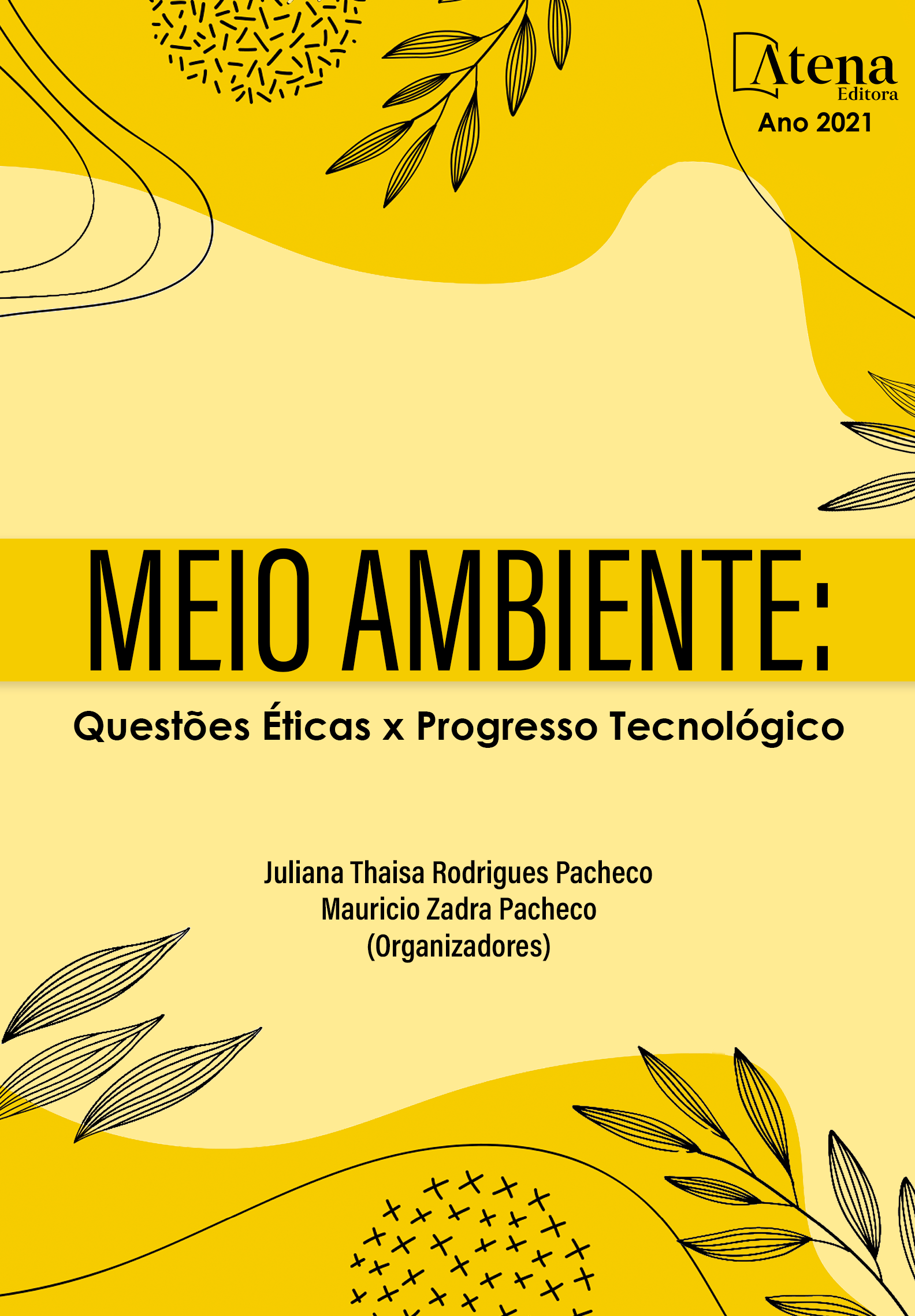
DETERMINACIÓN DEL ESTADO Y ORIGEN DE LA EUTROFIZACIÓN EN LA LAGUNA DE BUSTILLOS, CHIHUAHUA, MÉXICO
La eutrofización altera las características de los ecosistemas acuáticos debido al ingreso de nutrientes procedentes de fuentes naturales y/o antropogénicas. La Laguna de Bustillos se ubica en las estribaciones de la Sierra Madre Occidental, en el municipio de Cuauhtémoc, Chihuahua, México. Circundan a la laguna varios campos agrícolas altamente fertilizados, así como localidades urbanas que vierten sus aguas residuales tratadas o sin tratamiento a arroyos afluentes del vaso; además un complejo industrial cuyos residuos líquidos tratados descargan directamente en la laguna. También destaca la actividad ganadera en pequeñas comunidades ubicadas en la ribera de la misma. Considerando los factores de riesgo que favorecen el posible enriquecimiento con nutrientes en esta laguna se llevó a cabo la evaluación de su grado de eutrofización a partir de los resultados analíticos de varios parámetros en 12 puntos representativos del cuerpo de agua. Dichos parámetros fueron: pH, temperatura, oxígeno disuelto, color verdadero, turbiedad, demanda química de oxígeno, nitrógeno, fósforo y transparencia. Con apoyo de información geográfica, herramientas estadísticas, y los criterios de Carlson, Vollenweider & Kerekes y la Organización para la Cooperación y el Desarrollo Económicos se determinó que el estado de la laguna es hipertrófico. Para identificar los principales factores responsables de dicho estado se analizaron las propiedades geomorfológicas, geología regional, uso de suelos y cobertura vegetal para calcular el volumen total de escurrimientos naturales en la cuenca hidrológica, que es de naturaleza endorreica. Los principales escurrimientos comprenden en total 110 Mm3 anuales y se comportan radialmente concentrándose en dicho cuerpo de agua. Éstos corresponden a cuatro microcuencas: La Vieja, Napavechi, San Antonio y Bustillos. La primera de ellas aporta el 54% y capta gran parte de los escurrimientos provenientes de la zona agrícola ubicada al norte del área, coincidiendo así con el sitio de la laguna que presenta mayores evidencias de eutrofización.
DETERMINACIÓN DEL ESTADO Y ORIGEN DE LA EUTROFIZACIÓN EN LA LAGUNA DE BUSTILLOS, CHIHUAHUA, MÉXICO
-
DOI: 10.22533/at.ed.49421170621
-
Palavras-chave: ecosistemas acuáticos, nutrientes, enriquecimiento, cuenca endorreica.
-
Keywords: aquatic ecosystems, nutrient, enrichment, endorreic basin
-
Abstract:
Eutrophication alters the characteristics of aquatic ecosystems due to nutrient input from natural and/or anthropogenic sources. Laguna de Bustillos is located in the foothills of the Sierra Madre Occidental, in the municipality of Cuauhtémoc, Chihuahua, Mexico. Surrounding the lagoon exist several highly fertilized agricultural fields as well as urban localities that dumped their treated or untreated wastewaters into tributary streams of the vessel; in addition, an industrial complex whose treated liquid waste are directly discharged into the lagoon. Also highlights the livestock activity in small rural communities on the shore of the same. Considering the risk factors that favor the possible enrichment with nutrients in this lagoon was carried out the evaluation of the eutrophication degree in the same, from the analytical results of various parameters in 12 representative points of the water body. These parameters were: pH, temperature, dissolved oxygen, true color, turbidity, chemical oxygen demand, nitrogen, phosphorus and transparency. With the support of GIS, statistical tools, and Carlson, Vollenweider & Kerekes and the Organization for Cooperation and Economic Development criteria it was determined that the state of the lagoon is hypertrophic. To identify the main factors responsible for this state, geomorphological properties, regional geology, soil use and plant cover were analyzed to calculate the total volume of natural runoffs in the hydrological basin, which is endorreic in nature. The main runoffs comprise a total of 110 Mm3 per year and behave radially, concentrating on that body of water. These correspond to four microwatersheds: La Vieja, Napavechi, San Antonio and Bustillos. The first contributes 54% and captures much of the runoffs from the agricultural zone located north of the area, this coinciding with the site of the lagoon that presents the greatest evidence of eutrophication.
-
Número de páginas: 15
- Adrian Mauricio Salcedo Chitica
- Marco Antonio Miramontes Peña
- Adán Pinales Munguía
- Humberto Silva Hidalgo
- María Socorro Espino Valdés


